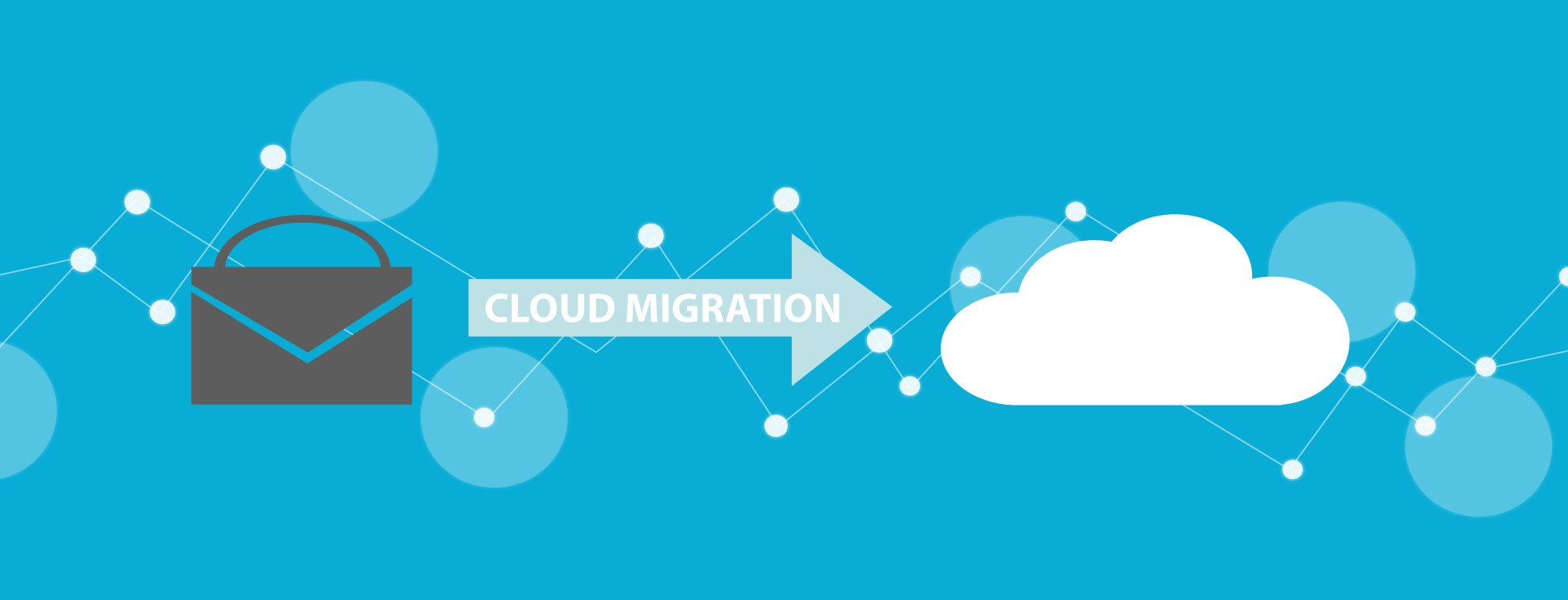Develop a Fool-Proof Cloud Migration Strategy: 6 Strategies and Tips to Know

There’s a good chance your company already uses cloud technology — around 70% of businesses do. Of those who don’t, over half say they’re looking into cloud migration.
There are many benefits to moving your data to the cloud. Improve team collaboration, save money on costly data storage management, and give yourself more freedom to access what you need wherever you go are just a few we could mention.
If you haven’t moved to the cloud yet, we can understand your hesitation. Before you take the leap, you need a solid cloud migration strategy.
We’ve got you covered. Read on for six strategies and tips that will move your migrate your sensitive info efficiently and safely!
The Best Type of Cloud Migration Strategy
There are a few main types of migration strategies that most companies go with. Here are the most common kinds you’ll find:
Reposting: Known as “lift and shift”, this is when you take all of your data and move it at once without making too many changes
Refactoring: This method is like reposting but with more personalized integration with the cloud application. Great for those who want a more hands-on approach.
Redesign: This is the most hands-on strategy out there. It involves a redesign of your data to better take advantage of your cloud host’s capabilities.
These are just a few options. Most of the others available are some combination or subset of these strategies.
Your migration strategy will depend on what your company needs. If you need to scale fast and need flexibility or you want to “set it and forget it”, you can find an option that works best for you.
Now that you’ve seen the different kinds of strategies available to you, let’s talk about how to do it safely and quickly. Our six tips will make sure you do what’s best for your data.
1. Determine Your Needs
Before you begin, you need to figure out what kind of cloud you’ll need. You have options, and you need to find the one that best fits your business.
Here are the types of clouds available:
- Public: Best for those who don’t have as many security concerns. Can be accessed by anyone that has authorization, so it’s not completely public.
- Private: Usually created on-site by the company itself. A private cloud is a little harder to maintain than others but gives you more control.
- Hybrid: As the name suggests, this is a mix of both. You can choose which features you need and assign data accordingly.
Each cloud type has their pros and cons. Figure out what your data needs are before you migrate.
2. Know Your Data
If you haven’t done an audit of your information, now’s the time. You don’t want to move everything over and then find out something was overlooked.
Get with your IT department. Comb through all of the data available to you and start organizing it if you haven’t before.
You might be tempted to ignore this tip because the tangle of data you have is too intimidating. Think of this as a great opportunity to clean up and make things easier for yourself.
Create a system for cataloging your information and stick to it. Your business can’t afford to be without important data at a crucial moment.
3. Back It Up
Now that you know what you’ve got, make sure it’s completely backed up. Things can and do go wrong and you don’t want to lose your information during the cloud migration.
Don’t rely on an older backup, either. Whatever data you duplicate needs to be current and easily accessible.
It’s always smart to hope for the best but prepare for the worst. Don’t lose information during a transfer.
4. Keep it Safe
It’s expected that companies will shell out over $125 billion on cybersecurity worldwide. It’s worth every penny.
Make sure your data stays safe during your cloud application migration. Control who has access to your cloud and take steps to keep track of that access.
Consider encrypting your data, both when it’s transferring and when it reaches its final destination. You can never be too safe when moving sensitive information around.
5. Work in Waves
For ultimate safety, don’t dump all of your data at once. Transfer it in shifts so you’re sure you’re doing it right.
By testing your transfer with a small batch of info, you’ll find out if there’s a problem on one end or another. Plus, it cuts down the risk that all of your information gets held up or shut down while you’re trying to move it.
Besides, you need an adjustment period to acclimate to the cloud. The way you access your information will be different than the way you usually work and you’ll need the time to get used to it.
Bonus tip: if there’s a problem with your internet going down, you can set up two different internet providers. That way, if one crashes, the other can keep going.
6. Keep a Copy of Your Info
You’ll be amazed at the freedom cloud-based computing provides. Being able to go anywhere and still get access to crucial information will make your business run so much smoother.
With that being said, you should always keep a copy of your work somewhere safe. Cloud computing is convenient and safe, but just in case something goes wrong, you need a backup.
Get with your team to put someone in charge of creating and storing a backup. Use a timeframe that works best for you, like once a week or every quarter.
Enjoy the Freedom of the Cloud
You’re going to love using the cloud for your business. Our six tips and tricks to making sure you have the best cloud migration strategy will put you at ease when it’s time to transfer your information.
Want some help with moving your sensitive data? We’re here for you.
We’re ready to help you integrate your data into the cloud — and more. Reach out to us today and discover all of the data and digital marketing solutions we offer!


